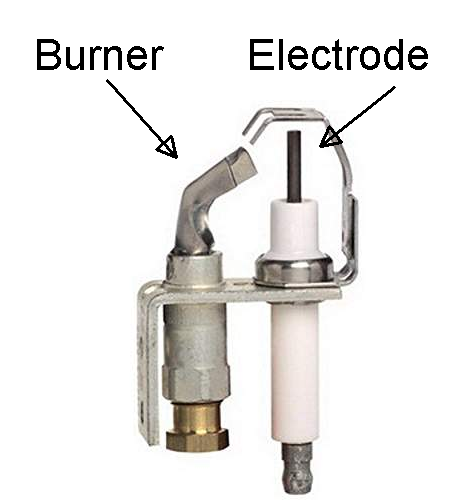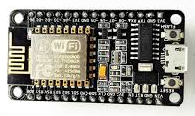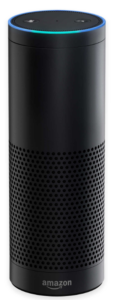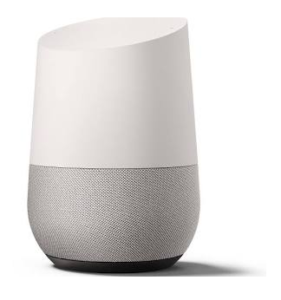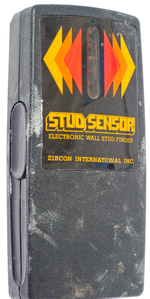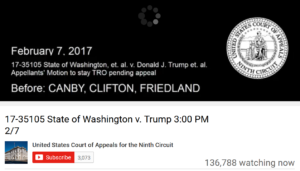 So often there is reason to be discouraged about this development somewhere in the world or that event in the US. But today I was reminded that even with innumerable reasons to be discouraged, there are sometimes reasons to look forward.
So often there is reason to be discouraged about this development somewhere in the world or that event in the US. But today I was reminded that even with innumerable reasons to be discouraged, there are sometimes reasons to look forward.
Today an important argument took place before the US Court of Appeals for the Ninth Circuit in San Francisco. The Court made this hearing accessible to everyone across the US to many places outside the US, via Youtube. As you can see on the screen shot, some 136000 people were watching the Youtube stream. (I understand that the Youtube stream was further propagated to some millions of additional listeners by various media.)
It gave me pause to realize that I was but one among millions of people listening to the lawyers for the two sides, and listening to the judges. Each of us perhaps finding this point more persuasive, that point less persuasive. Hearing a judge asking a question of one of the lawyers, maybe we asked ourselves how we would have answered the question. Maybe we compared the answer that we would have given with the answer that the lawyer actually gave. Each of us participating, in our own small way, in the making of history today.
Maybe one reader of this blog favored one side in this appeal, and maybe another reader of this blog favored another side. I don’t mean for this blog to be a place for arguing the merits of the appeal itself; there are many forums better suited to hosting such issues. My point is that we live in a country with institutions, including the courts, that have survived for over two hundred years. What I urge in this blog is for us to consider that it strengthens those institutions that across the US, and indeed in many countries around the world, anyone who wished to listen in on this appellate argument was able to do so.


